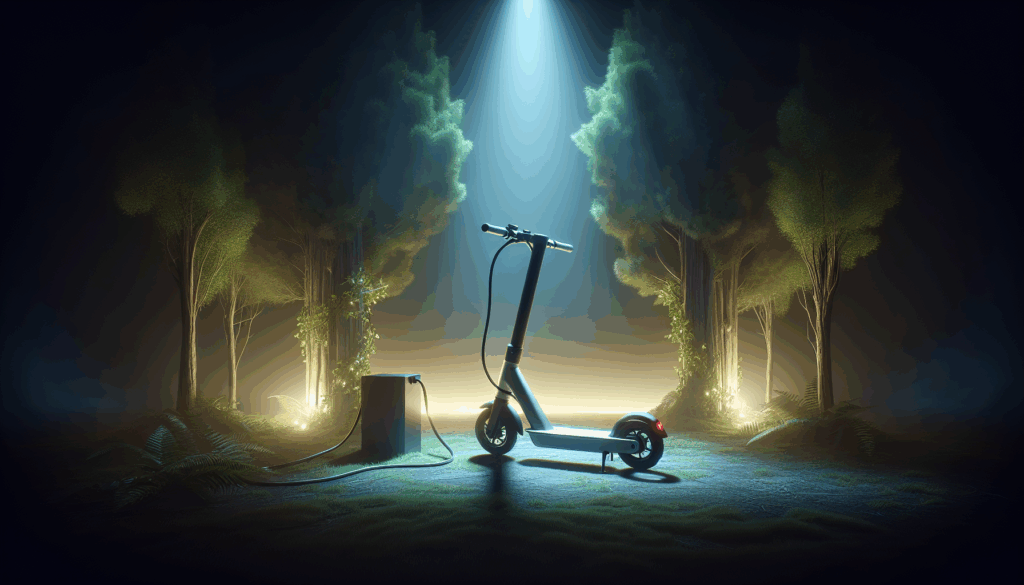Electric scooters have increasingly gained popularity as a convenient and environmentally friendly mode of transportation. However, there have been questions about their ability to navigate uphill terrain. In this comprehensive guide, we’ll delve into the capabilities of electric scooters when faced with uphill challenges and unveil the best models designed to conquer such terrains.
Understanding the Challenge
Going uphill poses a unique mechanical and performance challenge for any two-wheeled vehicle, and electric scooters are no exception. When a scooter travels on an incline, the motor must generate enough torque to counteract gravitational pull while still maintaining smooth acceleration. This requires both adequate power output and an efficient transmission of energy from the motor to the wheels. Factors such as rider weight, terrain angle, and tire traction also influence how effectively the scooter performs during climbs. If the motor lacks sufficient wattage or torque, it will struggle to maintain momentum, resulting in slower speeds or battery strain. Understanding these dynamics is crucial for selecting an electric scooter suited to hilly environments and ensuring both safety and performance.

Furthermore, the scooter’s design, gearing, and weight distribution play an important role in uphill capability. Scooters built with high-efficiency brushless motors, durable tires, and reinforced suspension systems can distribute load more evenly and minimize energy loss. The incline angle directly affects energy consumption steeper hills drain batteries faster because the motor works harder to overcome gravity. Riders should therefore consider scooters that balance weight, motor strength, and stability. Manufacturers are now integrating smart controllers that automatically adjust torque output based on terrain feedback, improving responsiveness and preserving battery life. Recognizing how these engineering aspects interact provides riders with a deeper appreciation for the complexity behind an electric scooter’s ability to conquer uphill challenges.
The Power Behind Conquering Uphill Challenges
When it comes to conquering steep terrain, motor power stands as the defining factor in an electric scooter’s performance. The wattage rating of a motor determines the amount of energy it can deliver to the wheels, which directly translates to acceleration and climbing ability. Scooters equipped with 800- to 2000-watt motors generally perform far better on inclines than standard commuter models. The torque output the rotational force produced by the motor dictates how easily a scooter can start from rest on a slope or maintain speed while ascending. High-torque systems allow smoother acceleration without overloading the motor, resulting in consistent uphill performance even under heavier loads or longer gradients.

In addition to raw power, modern electric scooters rely on advanced electronic controllers that regulate power delivery to optimize torque and speed distribution. Dual-motor configurations, often seen in performance scooters, provide superior traction and stability by splitting the workload between front and rear wheels. This not only improves efficiency but also reduces the strain on individual components. Many premium scooters feature regenerative braking systems that recover energy on descents, feeding it back into the battery and improving range efficiency. Combined with high-quality materials and efficient cooling systems, these innovations enable sustained performance without overheating or voltage drops. Ultimately, a well-engineered power system allows riders to enjoy both the thrill of acceleration and the confidence to climb steep hills effortlessly.
The Role of Battery Capacity and Efficiency
Battery technology is the heart of every electric scooter, influencing not only range but also uphill endurance. Scooters with larger battery capacities often between 15 Ah and 35 Ah can supply steady current to the motor during demanding climbs. The voltage rating also matters; higher-voltage systems deliver more power with less current, resulting in improved efficiency and reduced heat generation. During uphill travel, the motor draws more energy to combat gravitational resistance, which can quickly deplete smaller batteries. Therefore, a scooter designed for hilly terrain must combine both high capacity and efficient energy management. Lithium-ion cells with high discharge rates ensure stable output, while integrated battery management systems protect against voltage drops and overheating.

Beyond capacity, overall efficiency plays a decisive role in maintaining consistent uphill performance. Premium models now employ smart controllers that monitor power usage and adjust output to extend battery life. Energy-recovery systems capture residual kinetic energy during downhill movement, partially recharging the battery and compensating for energy loss. Lightweight materials, aerodynamic design, and proper tire inflation further reduce drag, optimizing the scooter’s efficiency across diverse terrains. Riders who frequently tackle hills should also consider fast-charging capabilities and swappable batteries, ensuring minimal downtime between trips. With continuous advancements in energy density and thermal management, modern electric scooters are now capable of sustaining long uphill journeys without compromising on speed or reliability.
Best Electric Scooters for Conquering Uphill Terrain
In today’s market, several models excel in uphill performance, offering riders a seamless balance of power, stability, and durability. The Dualtron Thunder remains a top choice thanks to its dual 2700-watt motors and robust suspension, enabling it to climb gradients of up to 35 degrees. Similarly, the Kaabo Wolf Warrior 11 combines off-road capability with urban practicality, featuring powerful torque output and hydraulic braking for superior control. The Zero 11X stands out for its massive 3200-watt dual motors, delivering unmatched hill-climbing strength while maintaining a smooth ride. These models demonstrate that with proper engineering, electric scooters can rival small motorcycles in torque and terrain adaptability.

Beyond raw specifications, these scooters showcase how design innovation enhances real-world usability. Adjustable suspension systems absorb vibrations on rough surfaces, while reinforced frames maintain structural integrity during steep climbs. Wide tires increase grip and prevent slippage, ensuring safety on both dry and wet surfaces. Riders can also rely on advanced digital displays that monitor gradient angles, motor output, and battery consumption in real time. As manufacturers continue refining motor efficiency and weight distribution, more scooters will emerge capable of handling challenging landscapes. The success of these models redefines what electric mobility can achieve empowering riders to explore previously inaccessible routes with confidence, comfort, and sustainability.
Conclusion: Mastering the Climb: Unveiling Top Electric Scooter Picks
In conclusion, electric scooters can indeed go uphill, and their ability to do so depends on the amalgamation of motor power, torque, and battery capacity. When seeking an electric scooter purpose-built for conquering uphill challenges, it’s crucial to prioritize these factors. By choosing from the top-performing models designed for uphill terrain, riders can confidently navigate steep inclines and unleash the full potential of electric scooter travel.
